This U.S. Army Cavalry fort is said to have been built in the days of Andrew Johnson, the 17th President of the United States, who came to this position after the assassination of Abraham Lincoln. Back then, at the pinnacle of the Old West, this place was among the wildest.
Originally named Camp Wilson, it stood neatly tucked between two rivers, the Brazos and Trinity River, on the Southern Plains of Texas. Even though it had a tactical position, those lands upon which Fort Griffin stood belonged to someone else.
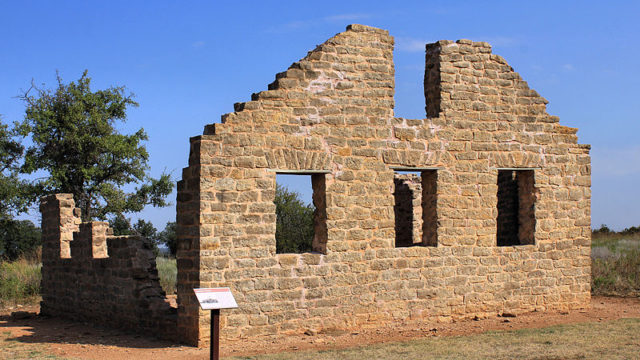
This was a hunting ground of Native American tribes, and clashes with the indigenes was not uncommon as the pioneers of the western frontier staked their land claims. For this reason, forts such as Camp Cooper and Fort Belknap were built to protect the newcomers. After the Civil War, the United States Government continued a program of erecting and strengthening forts, including both Fort Richardson and Fort Griffin.
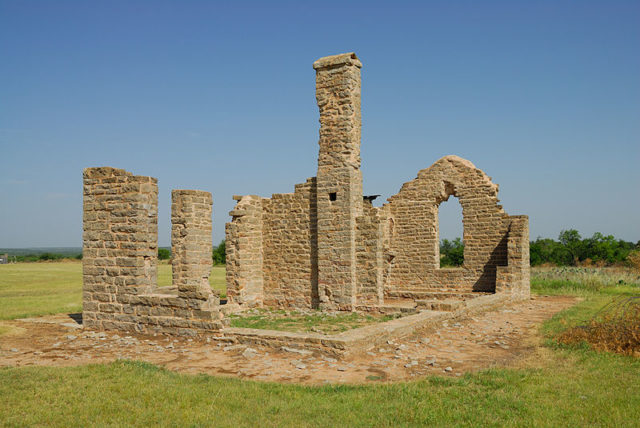
It was 1867 when Lieutenant Colonel Samuel along with the four companies of the Sixth Cavalry arrived here and established a camp on top of a hill. The outpost was called Camp Wilson in honor of the 18th Vice President of the United States, Henry Wilson, and was later renamed Fort Griffin, honoring Major General Charles Griffin–the same man who had the original idea of erecting a fort at this site.
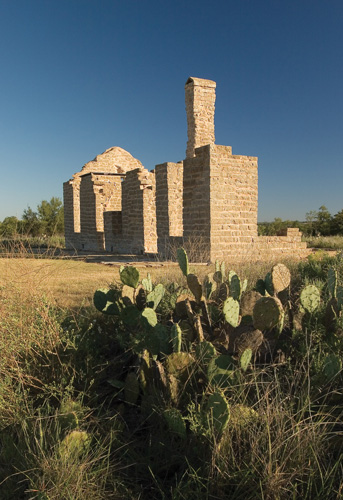
Once finished, the fort was capable of accommodating up to six military units. It also had a hospital, an administration building, various barracks and officers quarters, as well as stables, a laundry, and even a bakery. With time, right below, in the shadow of the fort, a settlement was born that in its early days was called The Flat, The Bottom, and Hidetown. As time went, the town eventually received the named of the fort.
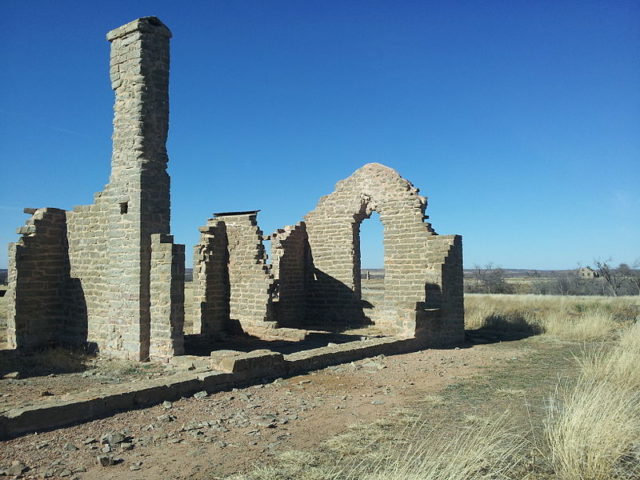
And among all those people that came in this bucolic environment, either for agriculture or ranching, there were many others who had no intention of making an honest living. Hordes of outlaws and scoundrels flooded the area. And as this settlement grew, Indian attacks rose proportionally.
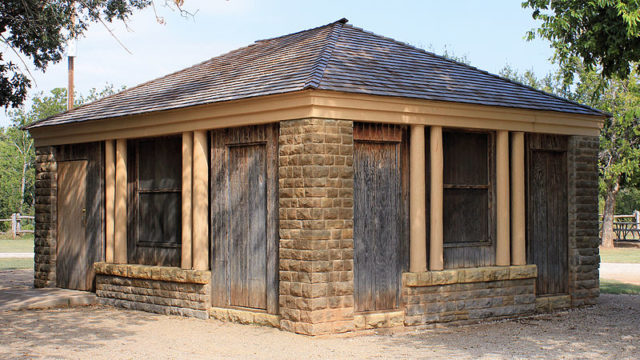
This meant that Fort Griffin was busy fighting back. And it lasted until 1874. This is when the Kiowas, as well as the Comanches, were defeated in a battle that took place at Palo Duro Canyon. But in the meantime, the town below the fort was filling up with more and more gunslingers and gamblers and the so-called “daughters of sin” were doing a roaring trade.
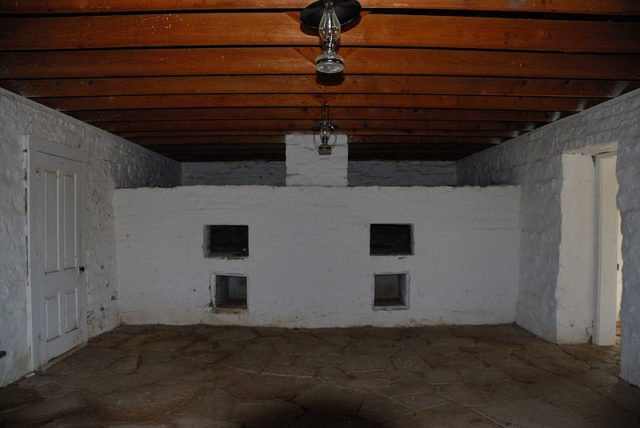
This is where many of the world’s most notorious outlaws came to enjoy the anarchy, the likes of whom includes the Deadly Doctor, better known as Doc Holliday, Wyatt Earp (the two of them actually met here for the first time), Pat Garrett, and Big Nose Kate. The town was notoriously known as the “Babylon on the Brazos” for it’s decadence and central position in the vast prairie.
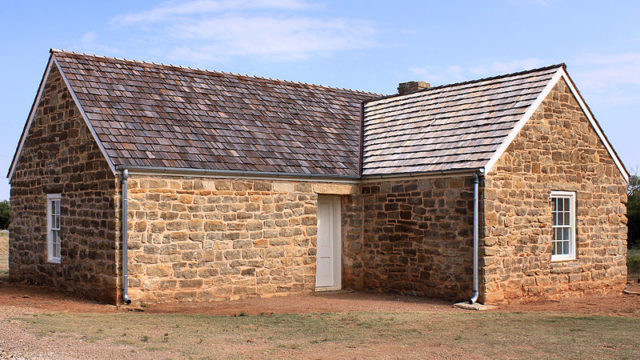
It was around the 1870s when the buffalo population decreased dramatically and all of the hunters, having no other business in the area, simply left. A decade later the situation was no different. The Native Americans were already placed on various reservations which meant that the need for a fort was slowly diminishing until it extinguished altogether on May 31, 1879, when the U.S. flag was taken off the flagpole.
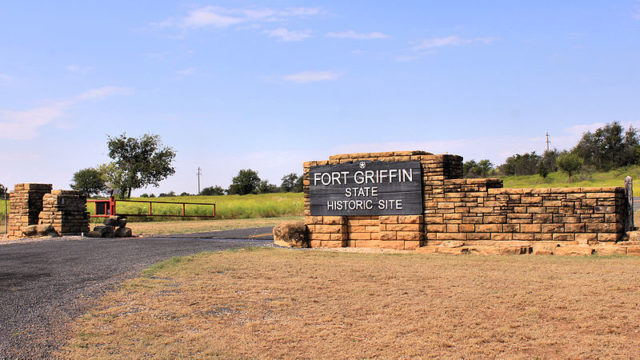
The town itself kept fighting for survival, but the population just kept plummeting. Not long after the Second World War started, the town’s post office closed its doors. Nowadays only ghostly shells and walls remain of both the town and fort, which are part of the Fort Griffin State Historical Park.
